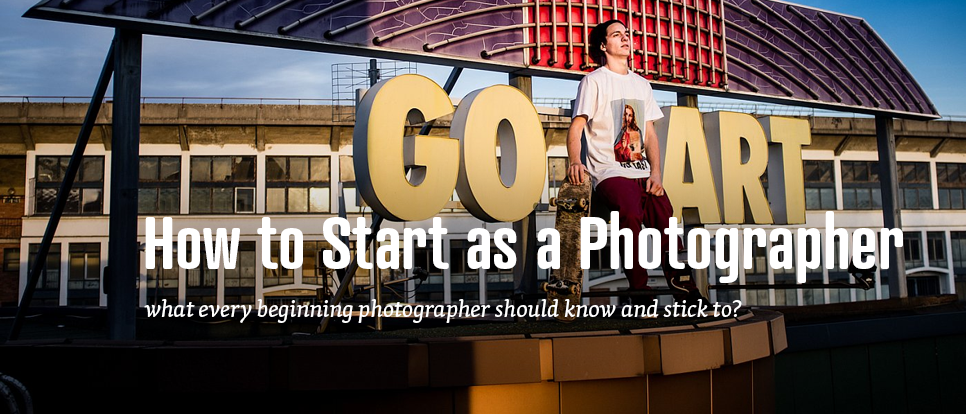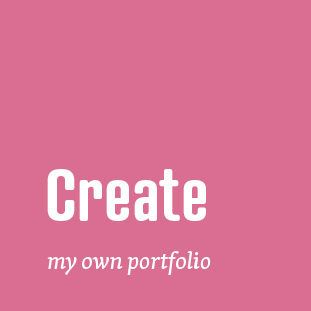Every photographer needs to start somewhere. And almost every one of them at the same time wishes to change something with the way they started as photographers. So what should beginner photographers be aware of, what should they remember and what do they need to practice?
Based on our own experiences, we wrote down some advice that can be appreciated not only by beginner photographers, but actually by any creative individual that looks for their first sources of inspiration.
Don't overvalue the professional gear
If you just recently started with photography, you really don't need the best camera, four studio lights, or six professional lenses. Because you need to build up to the professional gear first. So start with something modest and try to get as much as you can from it.
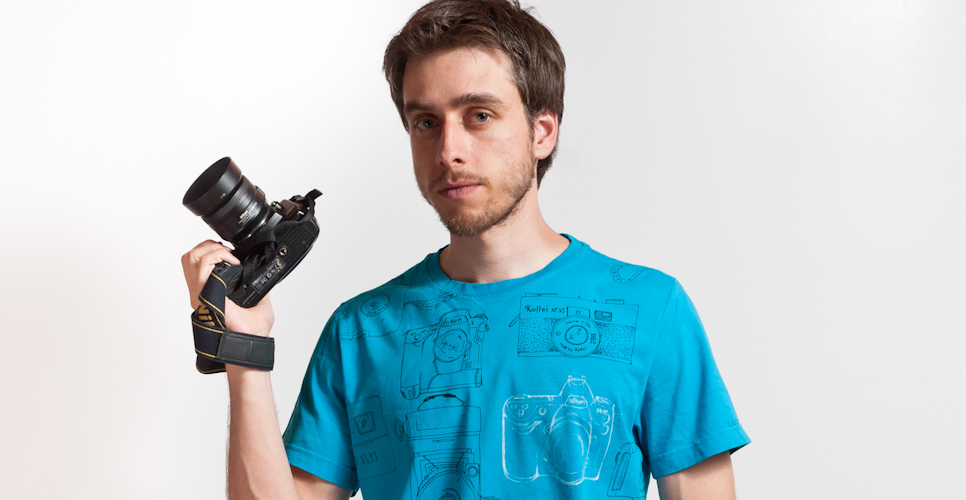
You can easily start with only one fixed-focus lens. But why such limitations? Because without zoom and the ability to re-arm to different lenses, you will quickly learn to use only what you have. Limitation is the best way to creativity.
Limitation will teach you to think about the angle you should shoot from, and how to get the best composition for the best visual (creative) result. Only after you learn to work with limited arsenal, you can think about buying more sophisticated gear.
Experience is based on drill and muscle memory: after six months with only one lens, you will exactly know how to interpret the world perspective around you. And if you spend another six months shooting with another only one lens, you will also get used to this one so much that it won't be any problem for you to decide which lens you should use for what.
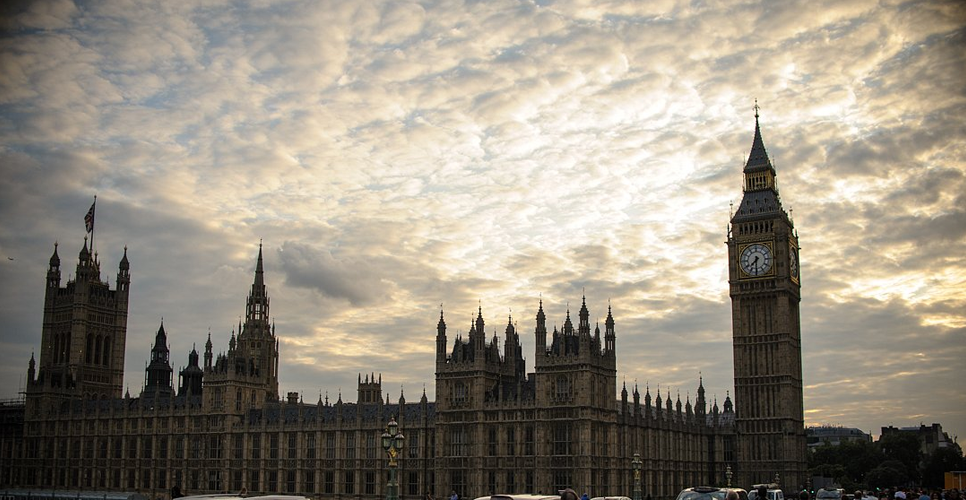
Be watchful
Another important photographic principle is continuous training. Try to shoot as often as possible and try to take the best picture every day. Even if you don't have any inspiration or any beautiful scenery, always try to think of something.
Have your camera always on you and shoot on the move. With that, you will practice your reflexes and you will be more capable of capturing unexpected events or unique moments.
It doesn't end with the camera
Your work doesn't end with finding a perfect visual material and pressing a button on your camera. Because often you can do wonders with your photos even in post-production.
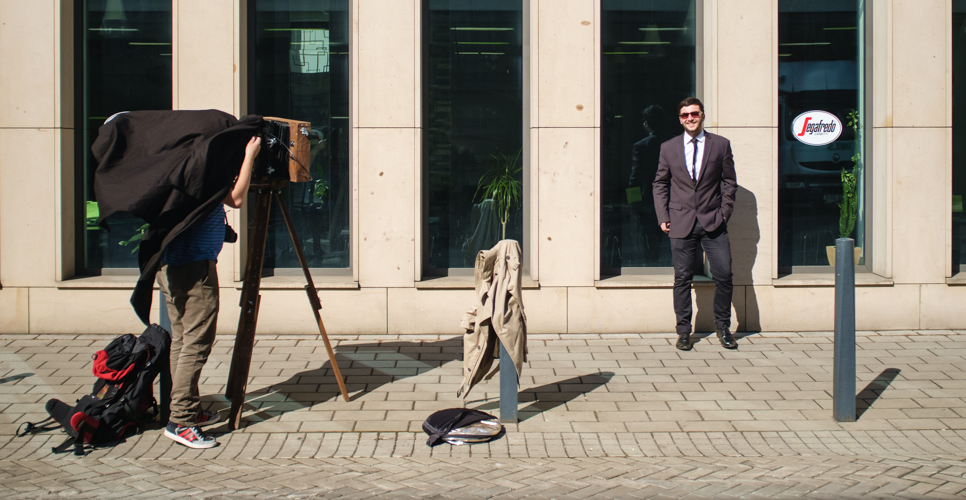
But at the same time you need to know how post-production works. The first advice is not to save your images to JPEG format, but rather to RAW. Yes, you can edit JPEGs in Photoshop, but you can play with RAWs also in Adobe Lightroom. You can read more about why and how to save your photos to RAW (and how to best save them for Facebook) in one of our older articles.
You however don't have to edit your photos just in Lightroom. Sometimes all it takes is to crop your photos properly, point out the wide angle scenery, balance the rule of thirds, or discard dead spots. It is also a good thing from time to time to print out some of your photos to see them from a different perspective (but don't forget the difference between saving your photos for web and for printing).
Shooting and printing
You can read more about how to use social media and the photographic community to highlight your work in this special article. But the most important thing is that even though social networks can be helpful for your propagation, you mustn't rely on them and abuse them. Because real people from real photographic communities will give you much more than likes on Facebook or favourites on Twitter.
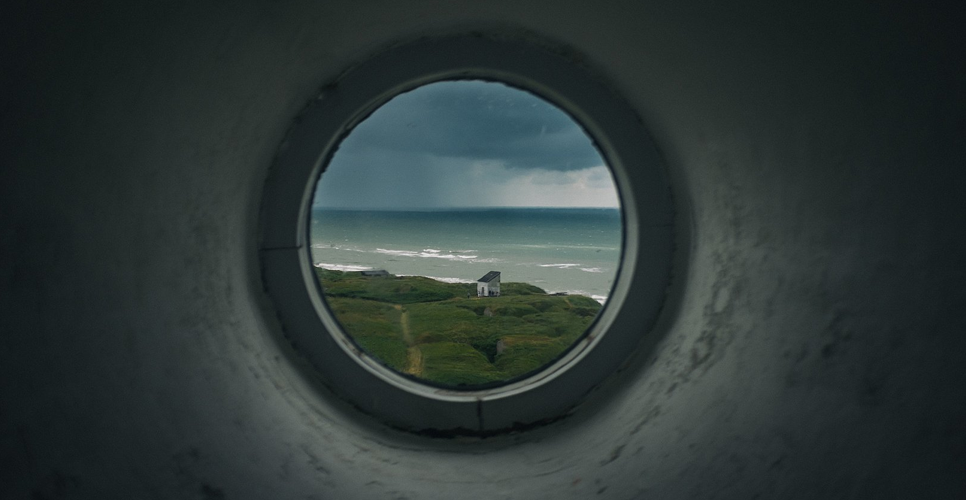
A short list of tips & tricks
- priority of iris outside, priority of time inside
- turn off Auto ISO (or limit it as much as you can) - you need to have the control over what is happening and Auto ISO will only mix your cards when you are trying to play them
- if you can, turn on your viewfinder grid - it will remove problems with the horizon and improve the ability to compose
- shoot with the best light, look for the best light, wait for the golden hour - light is the key to everything
- fixed-focus lens is the best tool for your creative inspiration
- learn how to crop
- don't use too many clarity/high pass filters
- follow the rule of thirds, don't artificially centre the main focus of your shot
- print it!
- location, location, location + the object of your shot
- learn how to select the best from your work
- rules are for breaking, but if you want to have something to break, you first need to know the rules off the top of your head

